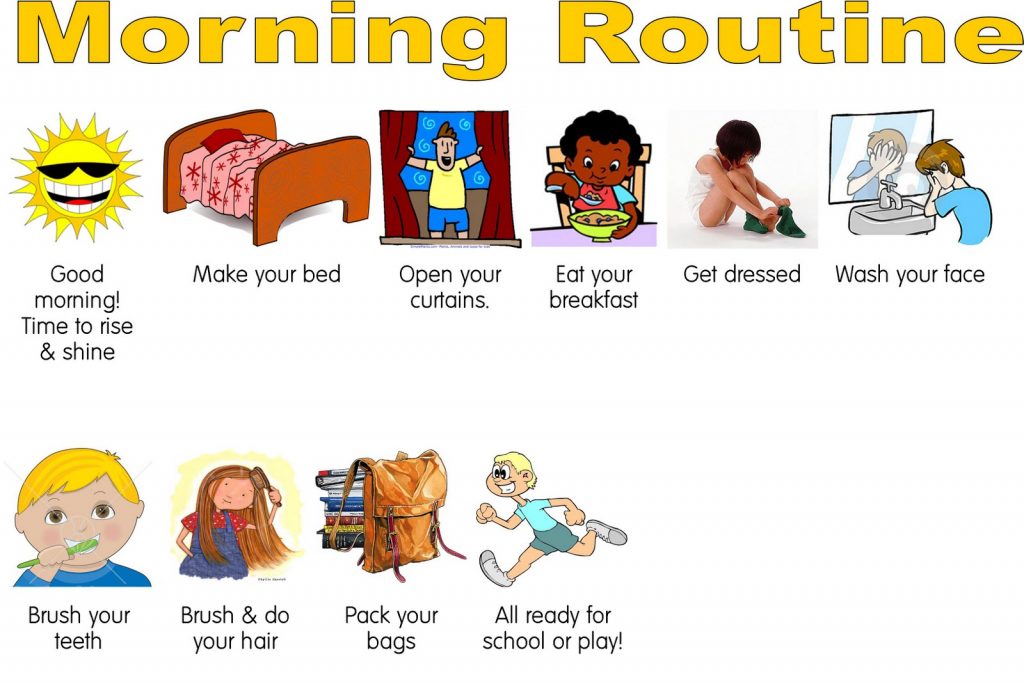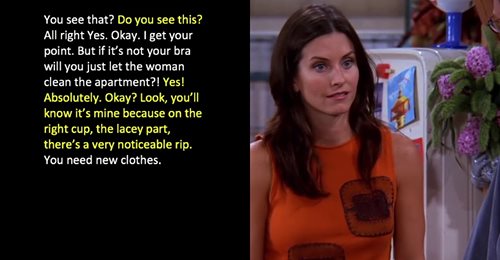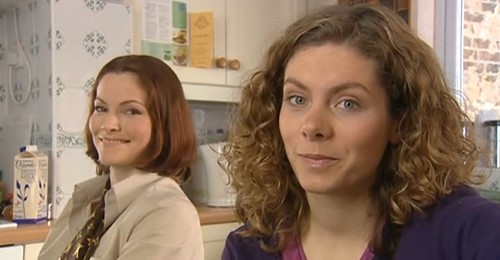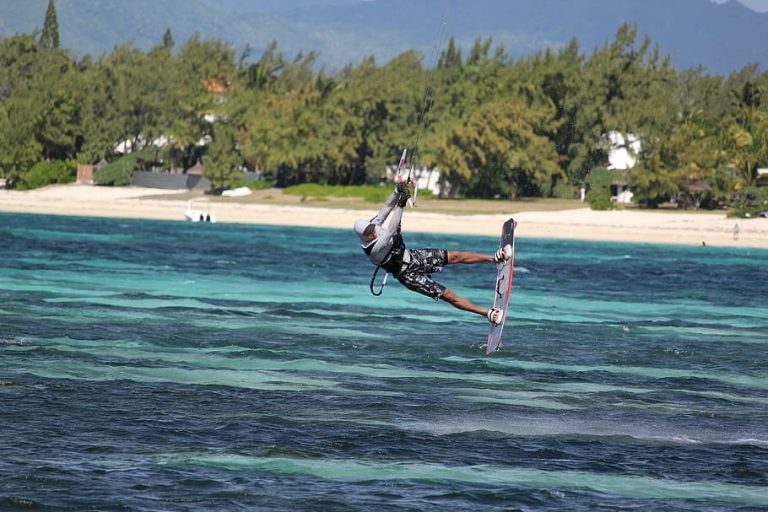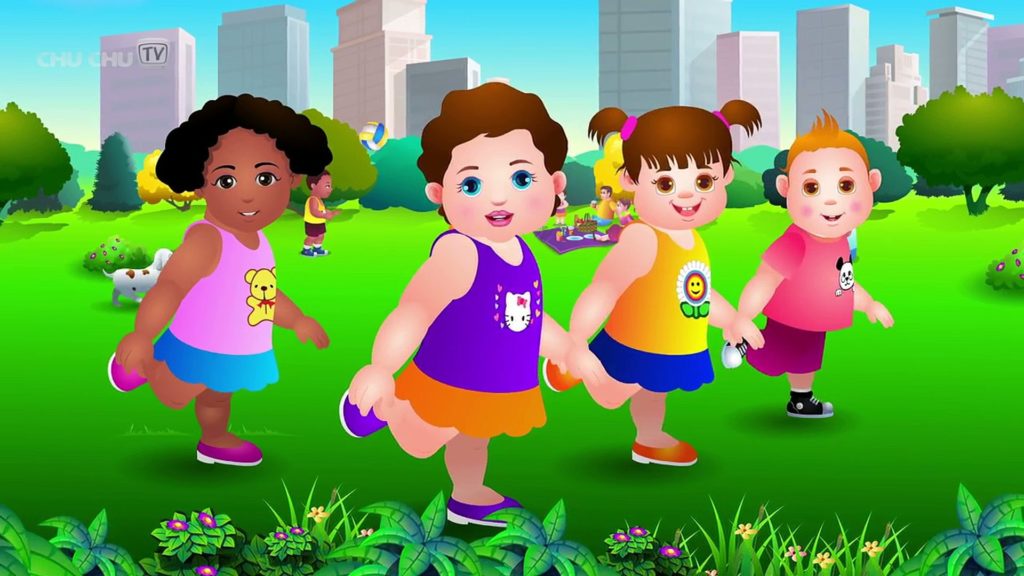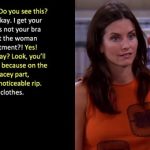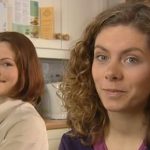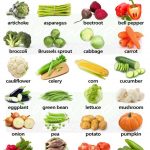FORM
| Positive | Question | Negative |
|---|---|---|
| I live. | Do I live? | I do not/I don't live. |
| He lives. | Does he live? | He does not/He doesn't live. |
We make the present simple tense positive with the infinitive o the verb. The third person singular (he, she, it) ends in -S or -ES. We use the helping verb DO/DOES to make the negative and the question.
USE
We use the present simple to talk about things we do again and again.
I often watch TV.
We go to school every day.
We use the present simple for facts that do not change.
Water freezes at 0°C.
The sun rises in the east.
We use the present simple for actions that go on all the time.
Greg lives in Bristol
Angela works in the post office.
We often use the present simple with the following “time guides”. A time guide is a word that helps us to know what time we are talking about (past, present, or future). They tell us how often we do things.
| always | usually | often | sometimes | never |
|---|
They are put after the present simple of the verb BE but before the present simple of all other verbs.
He is usually late for school.
He sometimes goes to work by bus.
| every day | every week | every month | every year | every Friday |
|---|
They are put at the beginning or the end of the sentence.
Every day we go to the shop to buy bread.
We visit our grandparents every weekend.
SPELLING
If the verb ends in -S, -SH, -CH, -X or -O, then we add -ES to the third person singular (he, she, it)
miss – (he, she, it misses)
If the verb ends in a consonant + -Y. then -Y turns into -I + -ES.
study – (he, she, it studies)
BUT
If the verb ends in a vowel (a,e, i,o,u) + -Y, then nothing changes. The letter -Y is kept + S.
play – (he, she, it) plays
One exception is the verb HAVE, which has another form in the third person singular.
have – (he, she, it) has

